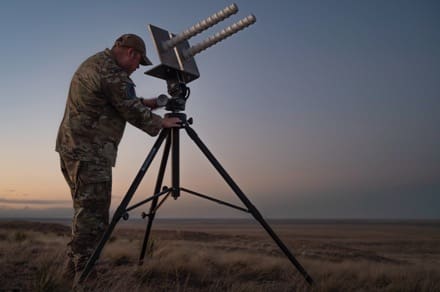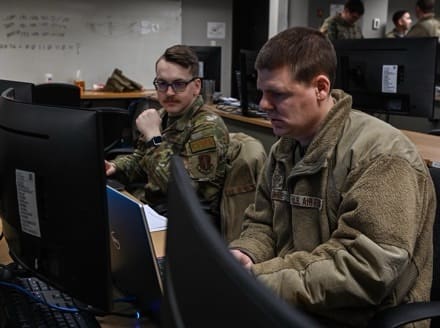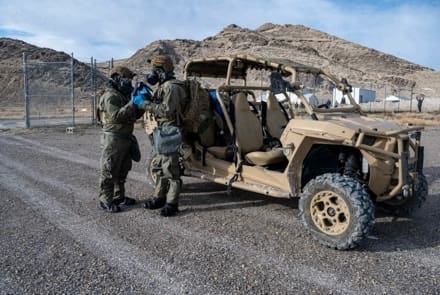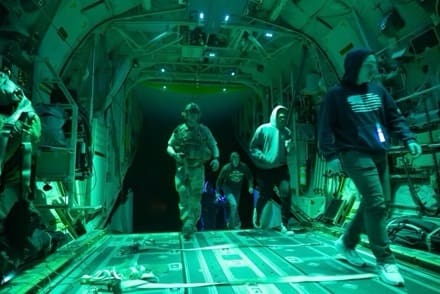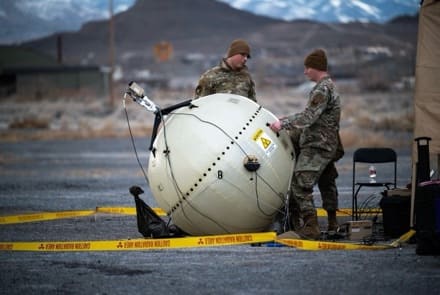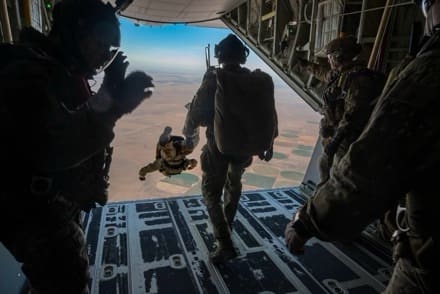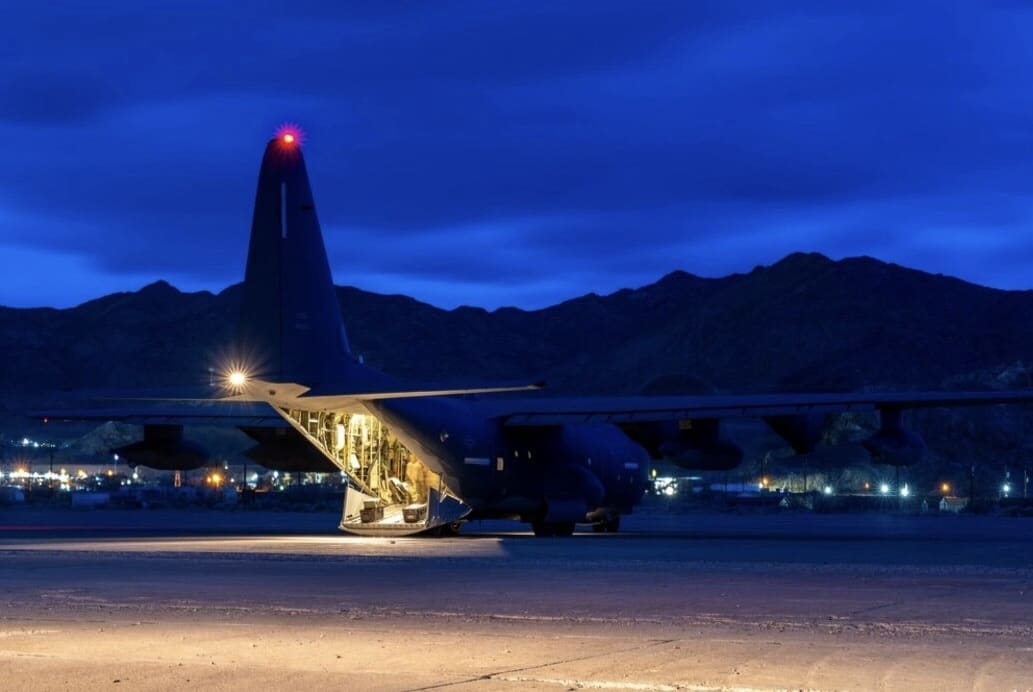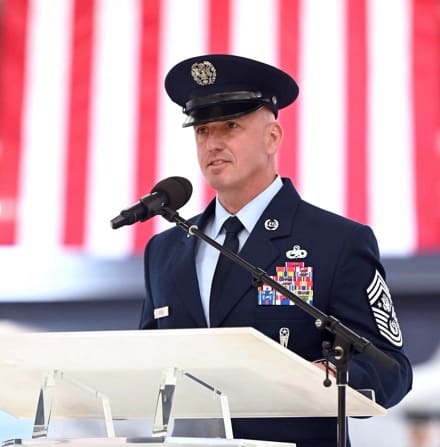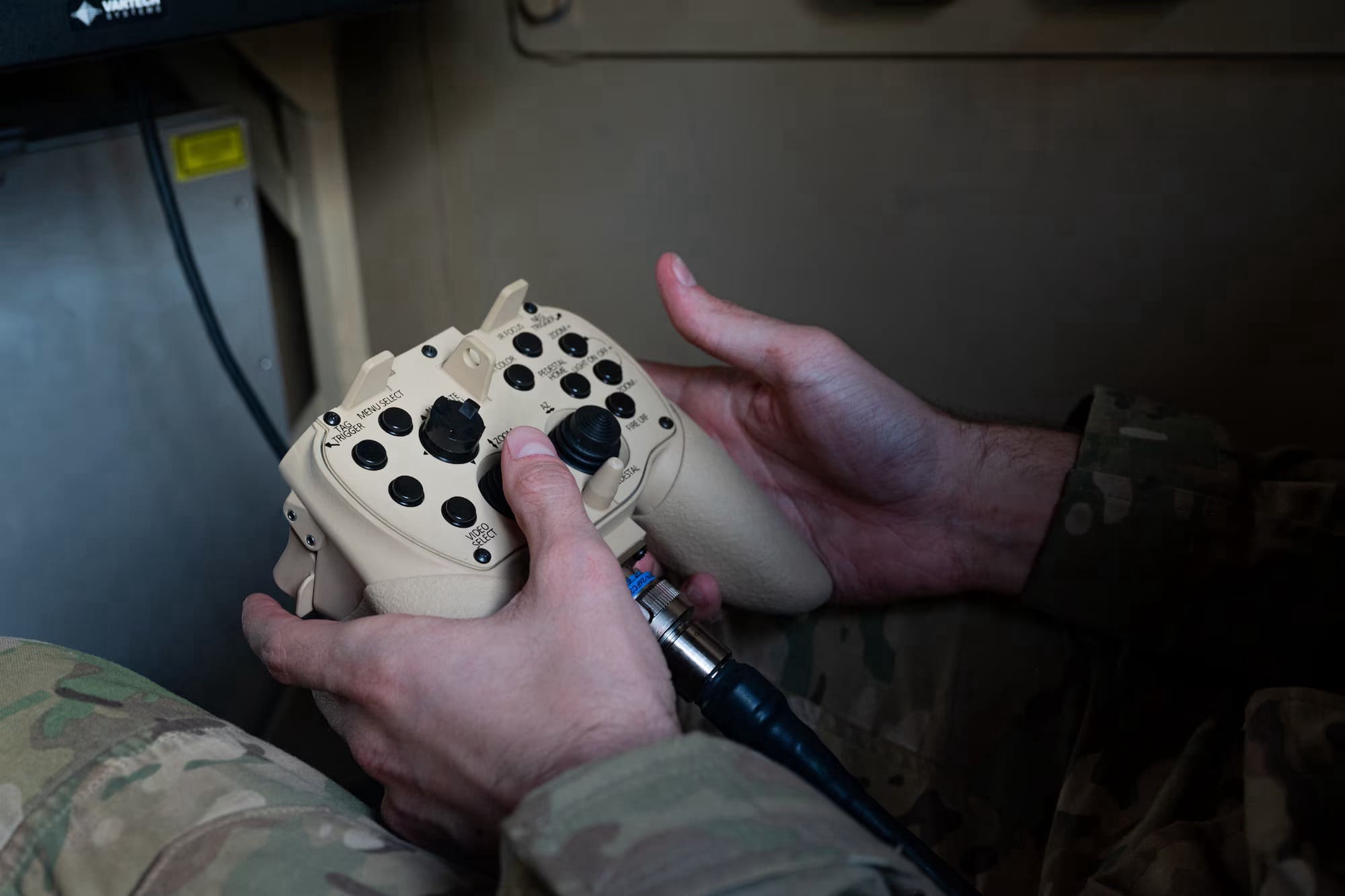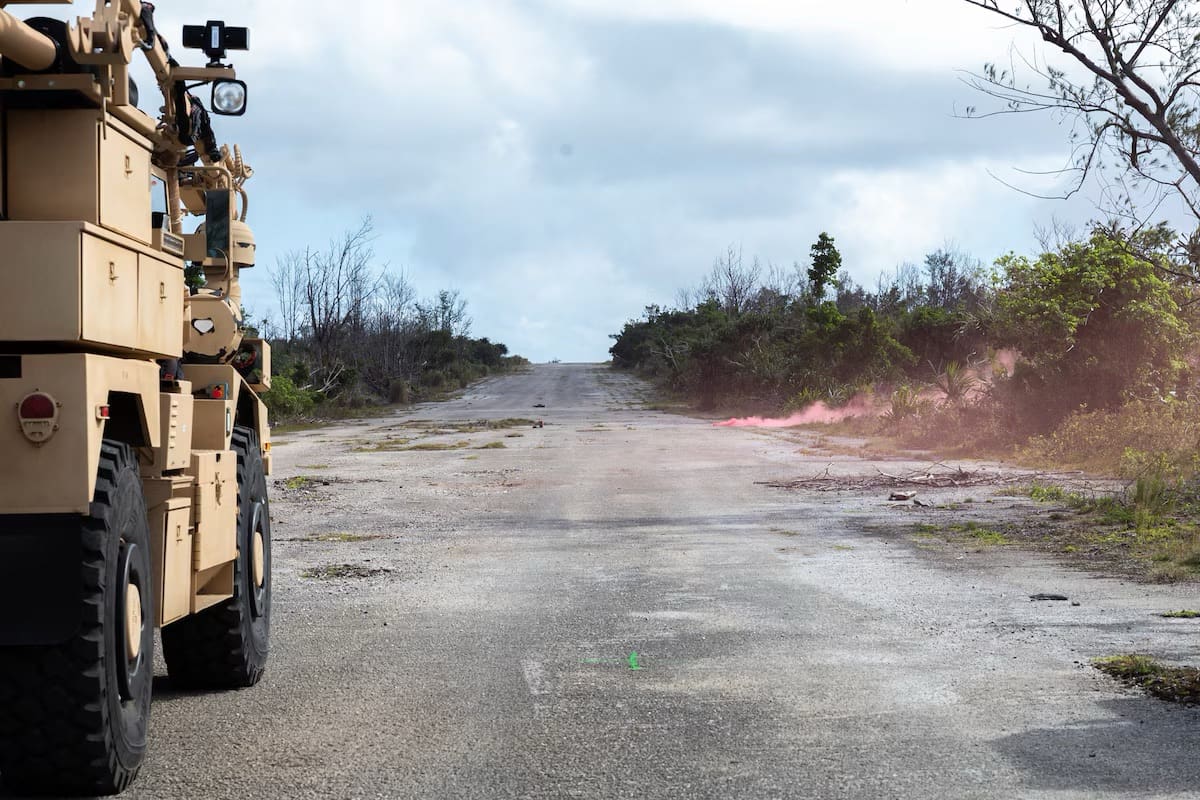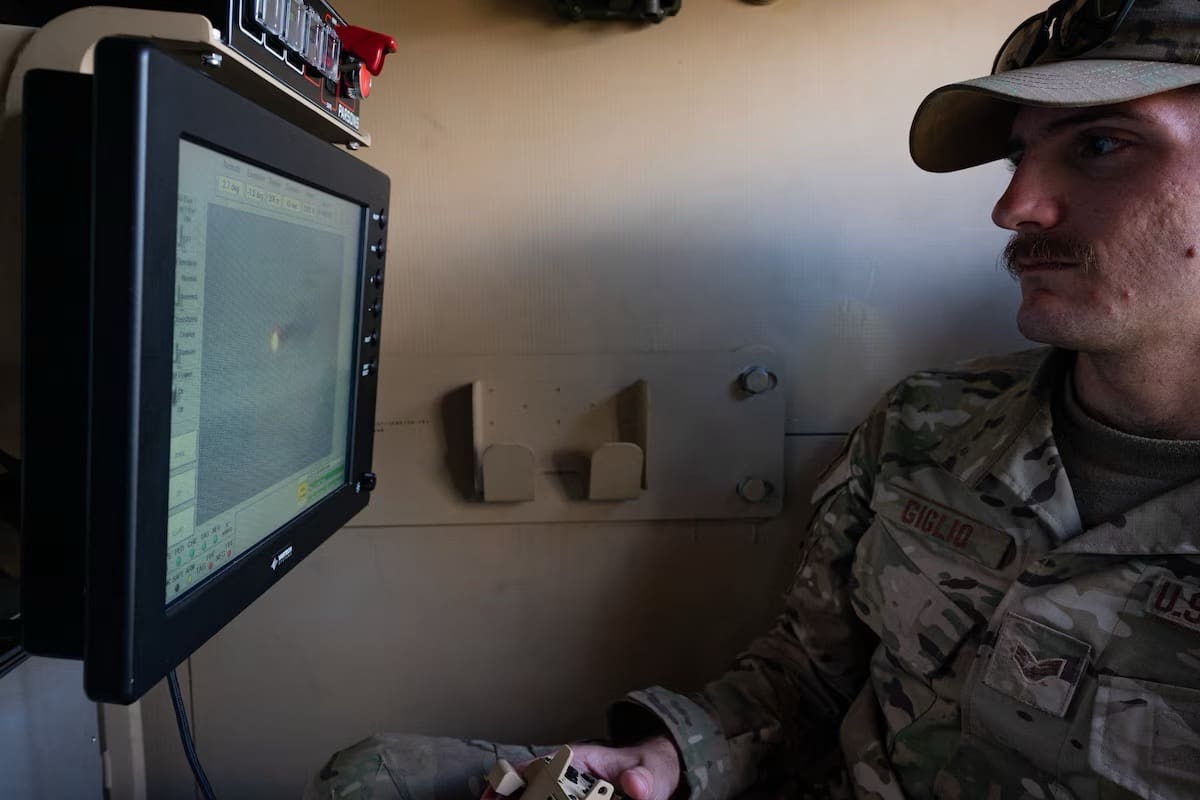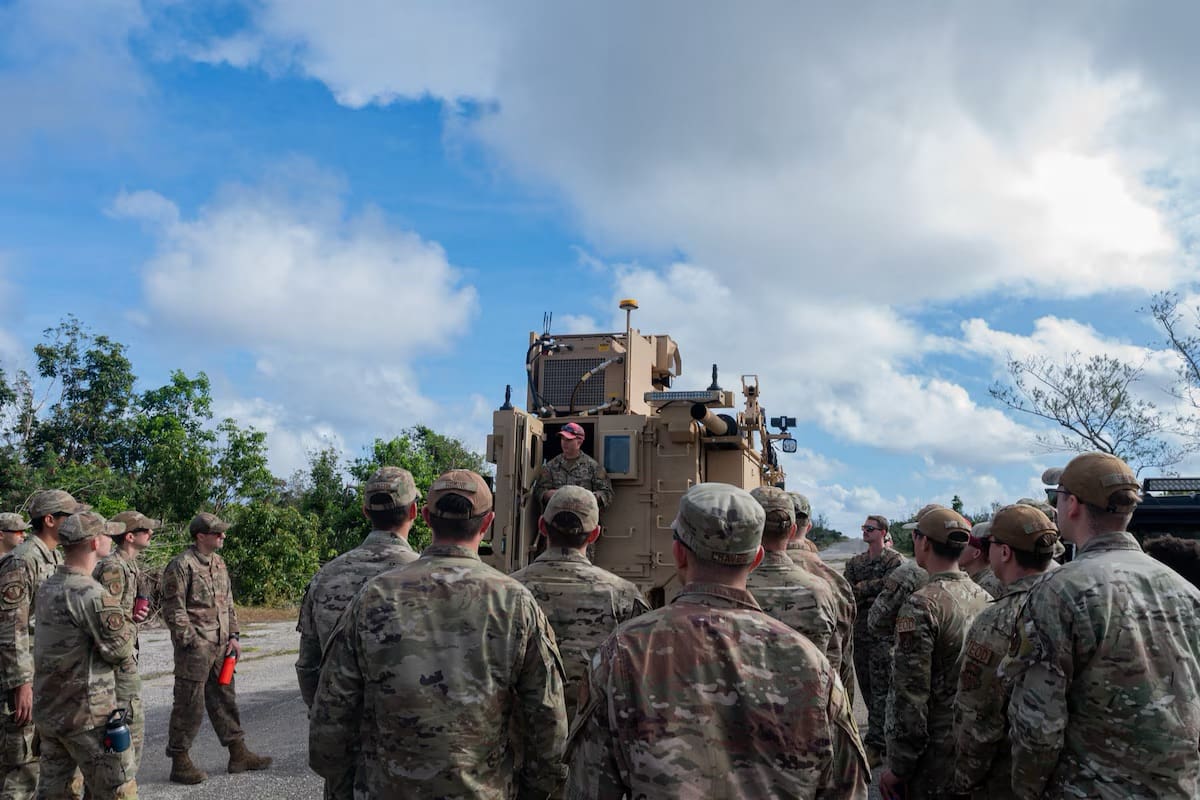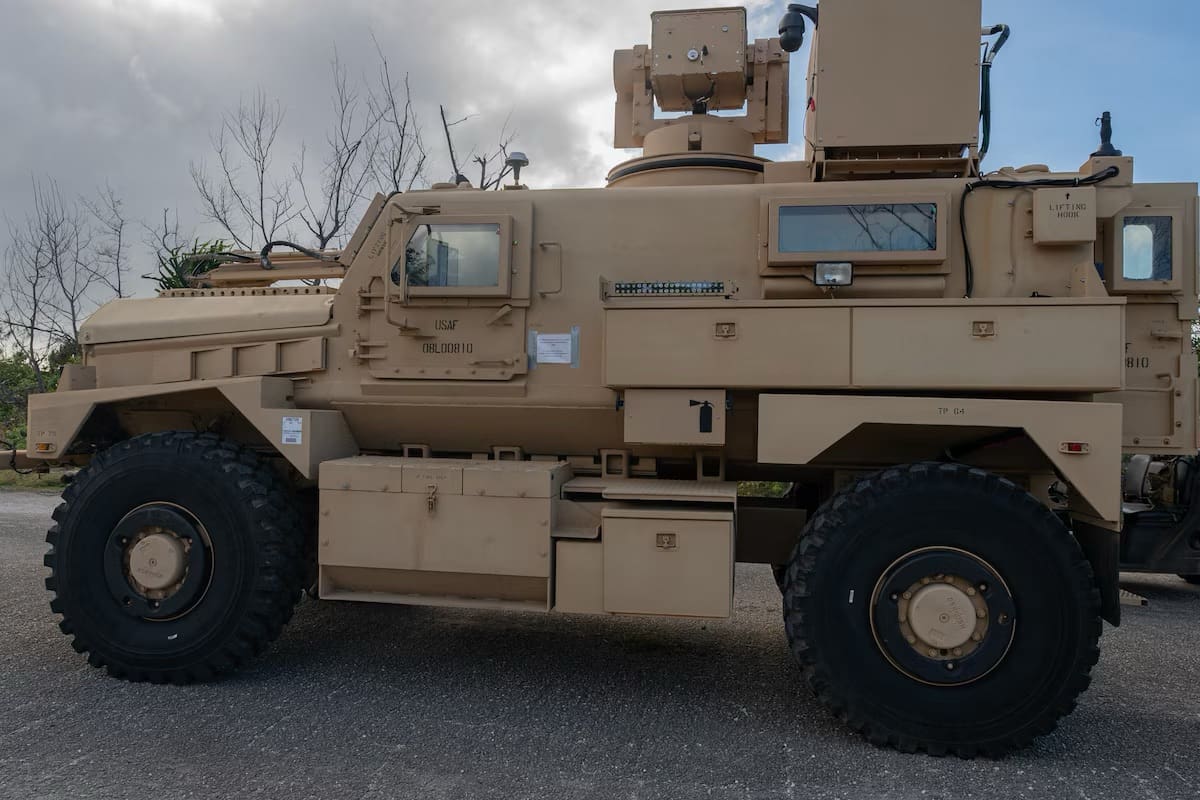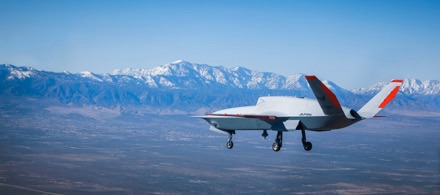
WRIGHT-PATTERSON AIR FORCE BASE, Ohio (AFNS) —
The Air Force Research Laboratory’s Aerospace Systems Directorate successfully flew the XQ-67A, an Off-Board Sensing Station, uncrewed air vehicle Feb. 28, at the General Atomics Gray Butte Flight Operations Facility near Palmdale, California.
The XQ-67A is the first of a second generation of autonomous collaborative platforms. Following the success of the XQ-58A Valkyrie, the first low-cost uncrewed air vehicle intended to provide the warfighter with credible and affordable mass, the XQ-67A proves the common chassis or “genus” approach to aircraft design, build and test, according to Doug Meador, autonomous collaborative platform capability lead with AFRL’s Aerospace Systems Directorate. This approach paves the way for other aircraft “species” to be rapidly replicated on a standard genus chassis.
This new approach also responds to the challenge of Great Power Competition by speeding delivery of affordable, advanced capability to the warfighter.
“This approach will help save time and money by leveraging standard substructures and subsystems, similar to how the automotive industry builds a product line,” Meador said. “From there, the genus can be built upon for other aircraft — similar to that of a vehicle frame — with the possibility of adding different aircraft kits to the frame, such as an Off-Board Sensing Station or Off-Board Weapon Station.”
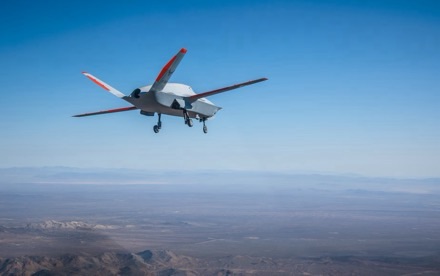
So, what is an autonomous collaborative platform?
“We broke it down according to how the warfighter sees these put together: autonomy, human systems integration, sensor and weapons payloads, networks and communications and the air vehicle,” Meador said.
“We’ve been evolving this class of systems since the start of the Low Cost Attritable Aircraft Technologies initiative,” he added.
The major effort that initially explored the genus/species concept was the Low Cost Attritable Aircraft Platform Sharing, program, which fed technology and knowledge forward into the OBSS program that culminated with building and flying the XQ-67A, Meador said.
“The intention behind LCAAPS early on was these systems were to augment, not replace, manned aircraft,” said Trenton White, LCAAPS and OBSS program manager from AFRL’s Aerospace Systems Directorate.
In late 2014 and early 2015, the initial years of the LCAAT initiative, the team began with some in-house designs, for which Meador credits White, who led the studies early on that evolved into the requirements definition for the Low Cost Attritable Strike Demonstrator, or LCASD, Joint Capability Technology Demonstration. The LCASD team defined, designed, built and tested the XQ-58 for the first time in 2019.
“The first generation was XQ-58, and that was really about proving the concept that you could build relevant combat capability quickly and cheaply,” White said.
The OBSS program built upon the low-cost capability that LCASD proved by leveraging design and manufacturing technology research that had taken place since the first generation and was directed to reduce risk in the development of future generations, White added.
“We had always intended from the start of LCAAT to have multiple vehicle development spirals or threads of vehicle development,” White said. “Then once the vehicle is proven ready, you can start integrating stuff with it, such as sensors, autonomy, weapons, payloads and electronics.”
With the XQ-67A, the team is using the platform-sharing approach or drawing leverage from automotive industry practices.
“We are looking to leverage technology development that’s been done since XQ-58, since that first generation,” White added.
With advancements in manufacturing technology since the XQ-58, the team aimed to use that system and the technology advancements to create a system design with lower cost and faster build in mind.
“It’s all about low cost and responsiveness here,” White said.
The team began discussing LCAAPS in 2018, focusing on the notion of “can we provide the acquirer with a new way of buying aircraft that is different and better and quicker than the old traditional way of how we build manned aircraft,” Meador said. “Which means we pretty much start over from scratch every time.”
Instead, the team considered the same approach that a car manufacturer applies to building a line of vehicles, where the continuous development over time would work for aircraft, as well.
“It’s really about leveraging this best practice that we’ve seen in the automotive and other industries where time to market has decreased, while the time to initial operating capability for military aircraft has increased at an alarming rate,” White said.
With this genus platform, White said a usable aircraft can be created faster at a lower cost with more opportunities for technology refresh and insertion if new models are being developed and rolled out every few years.
AFRL harnesses science and technology innovation for specific operational requirements to ensure meaningful military capabilities reach the hands of warfighters. The XQ-67 is the first variant to be designed and built from this shared platform, White said.
“The main objectives here are to validate an open aircraft system concept for hardware and software and to demonstrate rapid time-to-market and low development cost,” he added.
This project looked at incorporating aspects of the OBSS and the OBWS to different capability concepts. The OBSS was viewed as slower while carrying sensors but have longer endurance, while the OBWS was considered faster and more maneuverable, with less endurance but better range.
“We wanted to design both of those but figure out how much of the two you can make common so we could follow this chassis genus species type of approach,” Meador said.
XQ-67A has been just over two years in the making, moving quickly through the design, build and fly process. While the team initially worked with five industry vendors, AFRL decided at the end of 2021 to exercise the opportunity to build the General Atomics design.
This successful flight is initial proof that the genus approach works, and aircraft can be built from a chassis.
“This is all part of a bigger plan and it’s all about this affordable mass,” Meador added. “This has to be done affordably and this program — even though there’s an aircraft at the end that we’re going to get a lot of use out of — the purpose of this program was the journey of rapid, low-cost production as much as it was the destination of a relevant combat aircraft.”
This signals to other companies that there is a new approach to constructing an aircraft, moving away from the conventional method of starting from scratch, Meador said.
“We don’t have the time and resources to do that,” Meador said. “We have to move quicker now.”
By Aleah M. Castrejon, Air Force Research Laboratory Public Affairs
